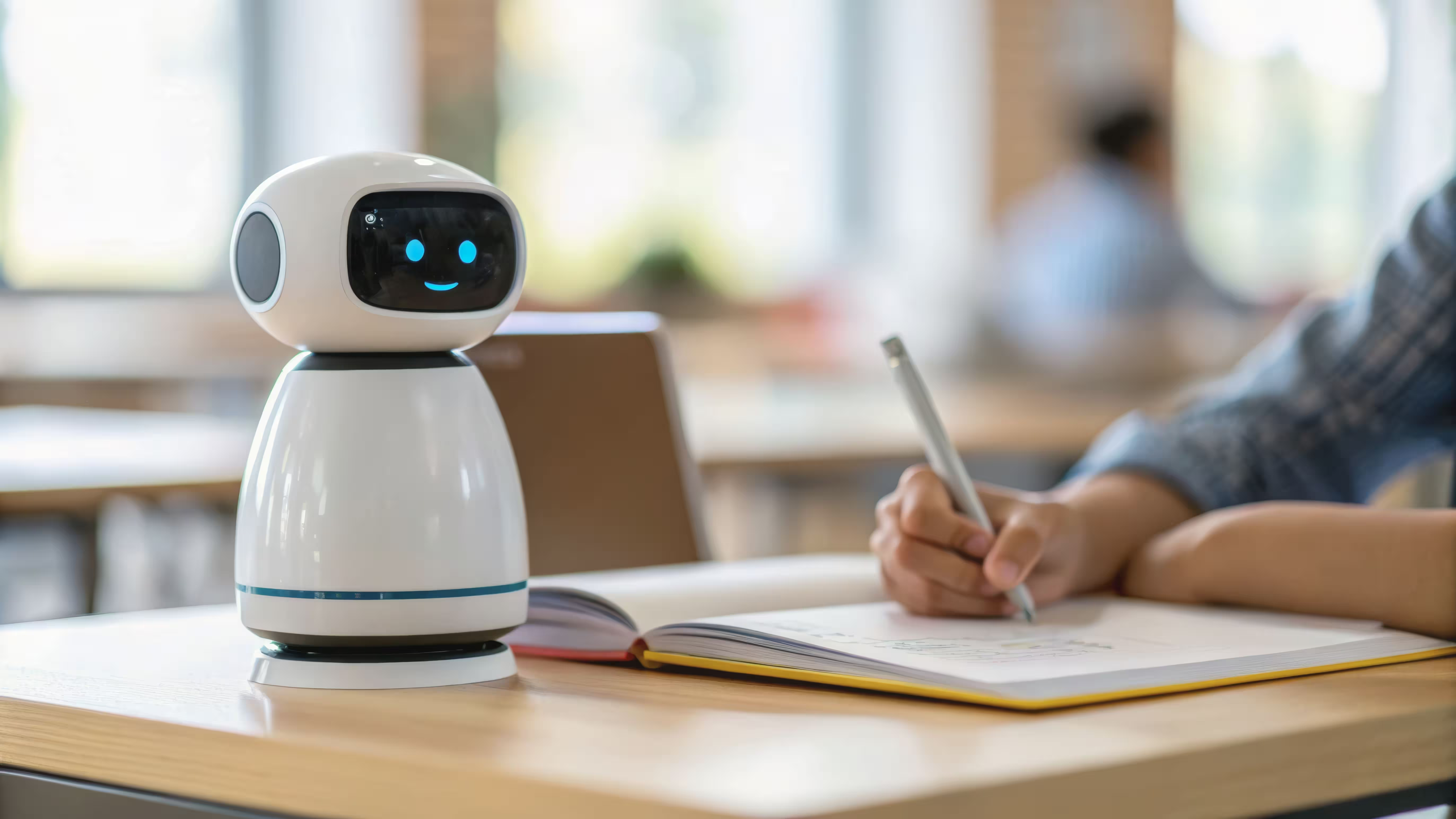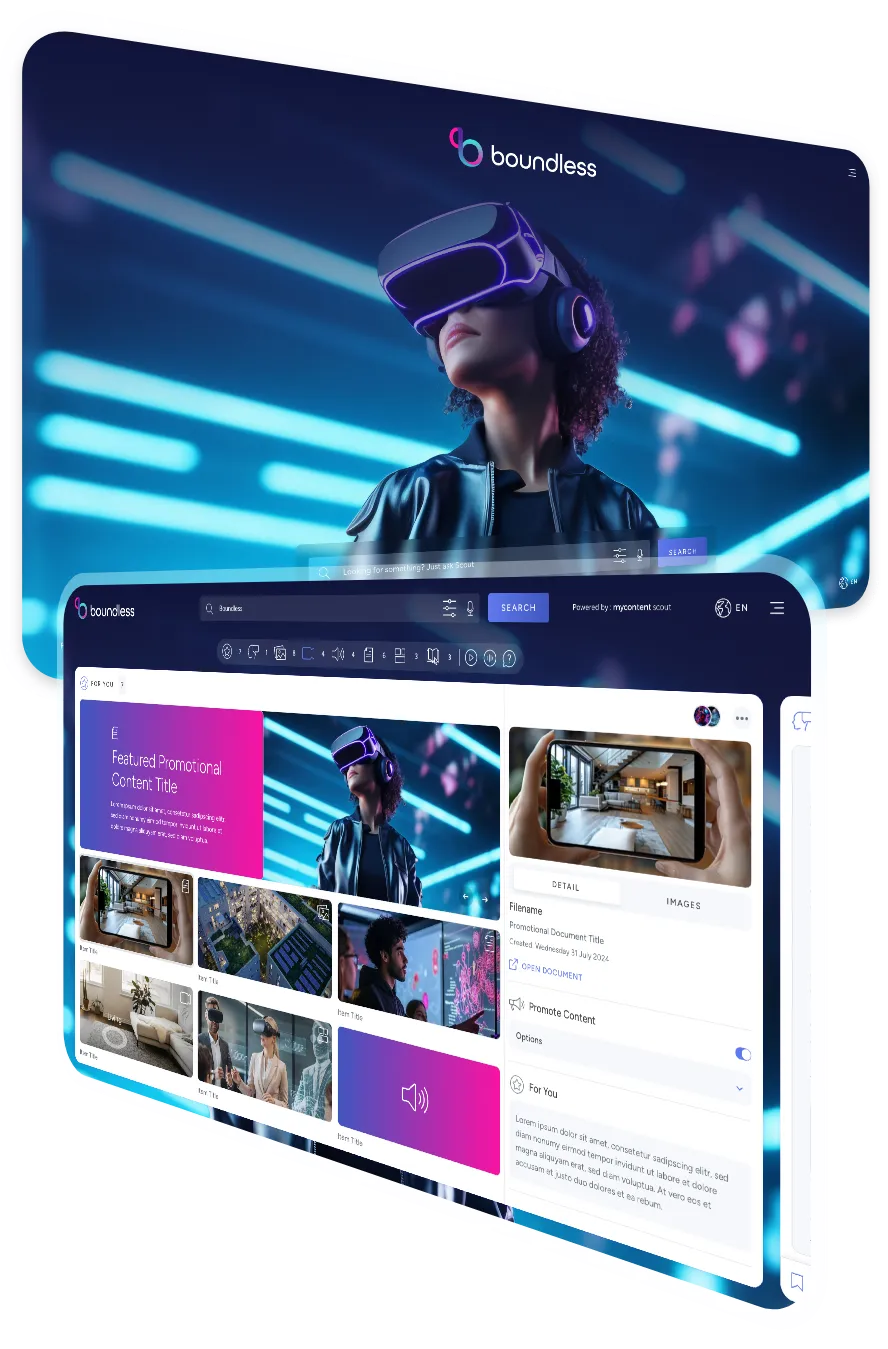
The conversation around artificial intelligence in the workplace often triggers anxiety. Headlines warn of job displacement, while boardrooms debate automation targets. Yet this framing misses the point entirely. The real value of AI lies not in replacing human workers but in augmenting their capabilities, freeing them from mundane tasks so they can focus on what humans do best: judgement, creativity, and relationship-building.
At the heart of this shift is a fundamental question: how do we design AI systems that work with people rather than instead of them? The answer shapes not just technology adoption but organisational culture, employee morale, and ultimately, business outcomes.
The fear of AI-driven job displacement is understandable but often overstated. Research from Deloitte suggests that whilst certain routine tasks will inevitably be automated, the majority of roles will evolve rather than disappear. The key distinction lies in task-level automation versus role-level replacement.
Consider customer service. AI chatbots handle straightforward queries, password resets, or order tracking. But when a customer is frustrated, confused, or facing a unique situation, they need a human who can empathise, interpret context, and make nuanced decisions. The chatbot doesn't eliminate the customer service role; it elevates it, allowing representatives to focus on complex interactions where emotional intelligence matters.
The same principle applies across functions. AI excels at pattern recognition, data retrieval, and repetitive processing. Humans excel at strategic thinking, ethical judgement, and interpersonal communication. The organisations that thrive are those that recognise this complementarity and design systems accordingly.
MyContentScout embodies this philosophy. Rather than functioning as a black box that dictates answers, it operates as an intelligent knowledge assistant that surfaces relevant information when employees need it. The human remains in control, making final decisions based on context, company values, and their own expertise.

True AI collaboration means building tools that respect human agency whilst removing friction. MyContentScout achieves this by acting as a bridge between scattered knowledge and the people who need it, without inserting itself as a gatekeeper.
The platform integrates with existing systems such as HR information systems, internal wikis, and document repositories, creating a unified knowledge layer. Employees ask questions in natural language and receive precise, contextually relevant answers drawn from verified company sources. Crucially, the system cites its sources, allowing users to verify information and dive deeper when needed.
This design fosters trust. Employees aren't expected to blindly accept AI-generated responses. They can see where information comes from, assess its relevance, and apply their own judgement. The AI handles the time-consuming work of searching and synthesising; the human handles interpretation and application.
The result is a partnership model where both parties contribute what they do best. AI provides speed, consistency, and tireless availability. Humans provide context, creativity, and accountability. Neither replaces the other; together, they create outcomes neither could achieve alone.
The human-AI partnership takes different forms depending on the function, but the underlying principle remains consistent: augmentation, not replacement.
Human resources professionals face constant questions about policies, benefits, and procedures. A mid-sized enterprise might field hundreds of queries weekly, from "How do I submit expenses?" to "What's our parental leave policy?" Answering these questions individually consumes hours that could be spent on strategic initiatives like talent development or organisational design.
MyContentScout allows HR teams to centralise this knowledge. When an employee asks about sick leave, the AI retrieves the relevant policy, highlights key details, and provides links to forms or additional resources. The HR professional is freed from repetitive queries and can focus on situations requiring empathy and judgement, such as supporting an employee through a personal crisis or mediating a team conflict.
The system also surfaces insights. If multiple employees ask about a specific policy, HR knows that documentation may be unclear and can proactively improve it. The AI doesn't make HR redundant; it makes HR more effective.

Sales teams operate in high-pressure environments where speed matters. A representative in the middle of a negotiation may need product specifications, pricing details, or case studies immediately. Traditionally, this meant interrupting colleagues, digging through shared drives, or relying on memory, all of which introduce delays and potential errors.
With MyContentScout, sales professionals can query the system mid-conversation. "What's our ROI case study for financial services?" or "What discounts apply to multi-year contracts?" The AI provides accurate, up-to-date information in seconds, allowing the representative to respond confidently without breaking momentum.
Critically, the human still drives the conversation. They interpret customer needs, tailor messaging, and build rapport. The AI simply ensures they have the right information at the right moment. According to Gartner research, this kind of augmentation can reduce sales cycle length by up to 20%, directly impacting revenue.
Operations teams manage intricate workflows spanning procurement, logistics, compliance, and vendor management. Employees often need answers to procedural questions: "What's the approval threshold for equipment purchases?" or "Which supplier do we use for EMEA logistics?"
MyContentScout serves as an operational knowledge base, accessible to everyone from junior analysts to senior managers. When an employee encounters a process bottleneck, they can resolve it themselves rather than waiting for a supervisor's input. This reduces delays, empowers frontline workers, and allows managers to focus on optimisation rather than firefighting.
The system also supports continuous improvement. If certain processes generate frequent questions, operations leaders can identify inefficiencies and redesign workflows. The AI provides visibility into where friction exists, enabling data-driven decisions about process improvement.
For human-AI collaboration to succeed, trust is non-negotiable. Employees must believe the system is accurate, unbiased, and designed to support rather than surveil them.
Transparency is the foundation of trust. MyContentScout doesn't obscure how it generates answers. It cites sources, explains its reasoning where possible, and allows users to verify information independently. This stands in contrast to opaque AI systems that provide answers without context, forcing users to accept or reject them on faith.
Empowerment follows naturally from transparency. When employees understand how the AI works and can validate its output, they gain confidence in using it. They're not dependent on the technology; they're equipped by it. This shift in mindset is crucial. Employees who feel empowered by AI are more likely to embrace it, provide feedback, and help refine it over time.
Organisations should also establish clear governance around AI usage. This includes defining what AI should and shouldn't do, ensuring data privacy, and maintaining human oversight for high-stakes decisions. At MyContentScout, governance frameworks ensure that AI supports compliance rather than undermining it, particularly in regulated industries like financial services or healthcare.
Empowerment also means acknowledging limitations. AI can't replace human judgement in ethically complex situations, sensitive interpersonal matters, or decisions requiring deep contextual understanding. By being explicit about these boundaries, organisations prevent over-reliance and maintain appropriate human involvement.

Technology alone doesn't create collaboration. Culture does. Organisations that successfully integrate AI share several characteristics: they communicate clearly about AI's role, involve employees in implementation, and celebrate examples of effective human-AI partnership.
Leadership sets the tone. When executives demonstrate their own use of AI tools and speak openly about how these tools enhance rather than threaten their work, employees take notice. Transparency from the top signals that AI is a shared resource, not a surveillance mechanism.
Training is equally important. Employees need guidance on how to use AI effectively, when to trust its output, and when to escalate to human judgement. MyContentScout includes onboarding resources and use-case examples to help teams develop these skills. Training shouldn't be a one-time event but an ongoing process as both technology and organisational needs evolve.
Feedback loops complete the cycle. Employees who use AI daily are best positioned to identify where it works well and where it falls short. Organisations should create channels for this feedback and act on it visibly. When employees see their input shaping the system, they become co-creators rather than passive users.
Finally, organisations should measure and celebrate outcomes. Highlight cases where AI enabled faster decisions, freed up time for strategic work, or improved employee satisfaction. These stories reinforce the partnership model and demonstrate tangible value.
The future of work isn't human versus machine. It's human and machine, working in concert to achieve what neither could accomplish alone. MyContentScout represents this vision: an AI system designed to amplify human expertise, not replace it.
For HR professionals, this means spending less time answering repetitive questions and more time developing people. For sales teams, it means closing deals faster without sacrificing relationship quality. For operations staff, it means solving problems independently and contributing to continuous improvement.
The organisations that embrace this model will gain a decisive advantage. They'll attract talent who want to work with cutting-edge tools, retain employees who feel empowered rather than threatened, and operate more efficiently without sacrificing the human touch that defines great companies.
AI-powered collaboration isn't about choosing between people and technology. It's about designing systems where both thrive, creating workplaces that are more productive, more humane, and more prepared for whatever comes next.
Human expertise remains irreplaceable. AI simply ensures it's deployed where it matters most.

Get in touch with our team to arrange a demo of MyContentScout and see how it could transform your workflow with AI search, content analysis and categorisation, saving you time and providing smart insights from various sources.
